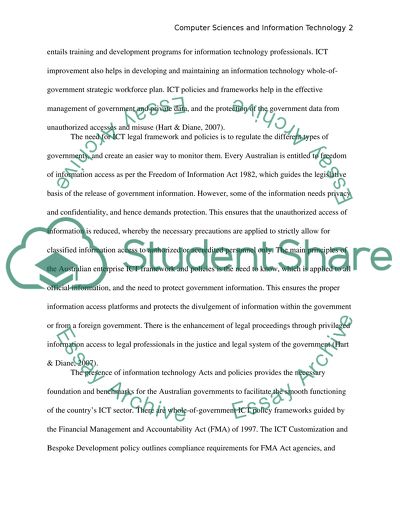Cite this document
(“Australian ICT Framework and Mobile Device Management Essay”, n.d.)
Australian ICT Framework and Mobile Device Management Essay. Retrieved from https://studentshare.org/information-technology/1480337-write-an-ict-policy
Australian ICT Framework and Mobile Device Management Essay. Retrieved from https://studentshare.org/information-technology/1480337-write-an-ict-policy
(Australian ICT Framework and Mobile Device Management Essay)
Australian ICT Framework and Mobile Device Management Essay. https://studentshare.org/information-technology/1480337-write-an-ict-policy.
Australian ICT Framework and Mobile Device Management Essay. https://studentshare.org/information-technology/1480337-write-an-ict-policy.
“Australian ICT Framework and Mobile Device Management Essay”, n.d. https://studentshare.org/information-technology/1480337-write-an-ict-policy.


